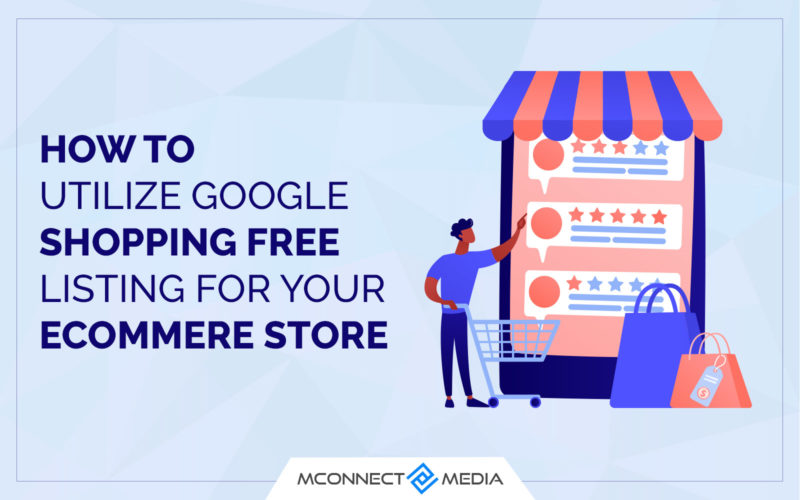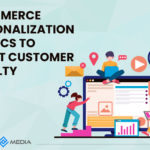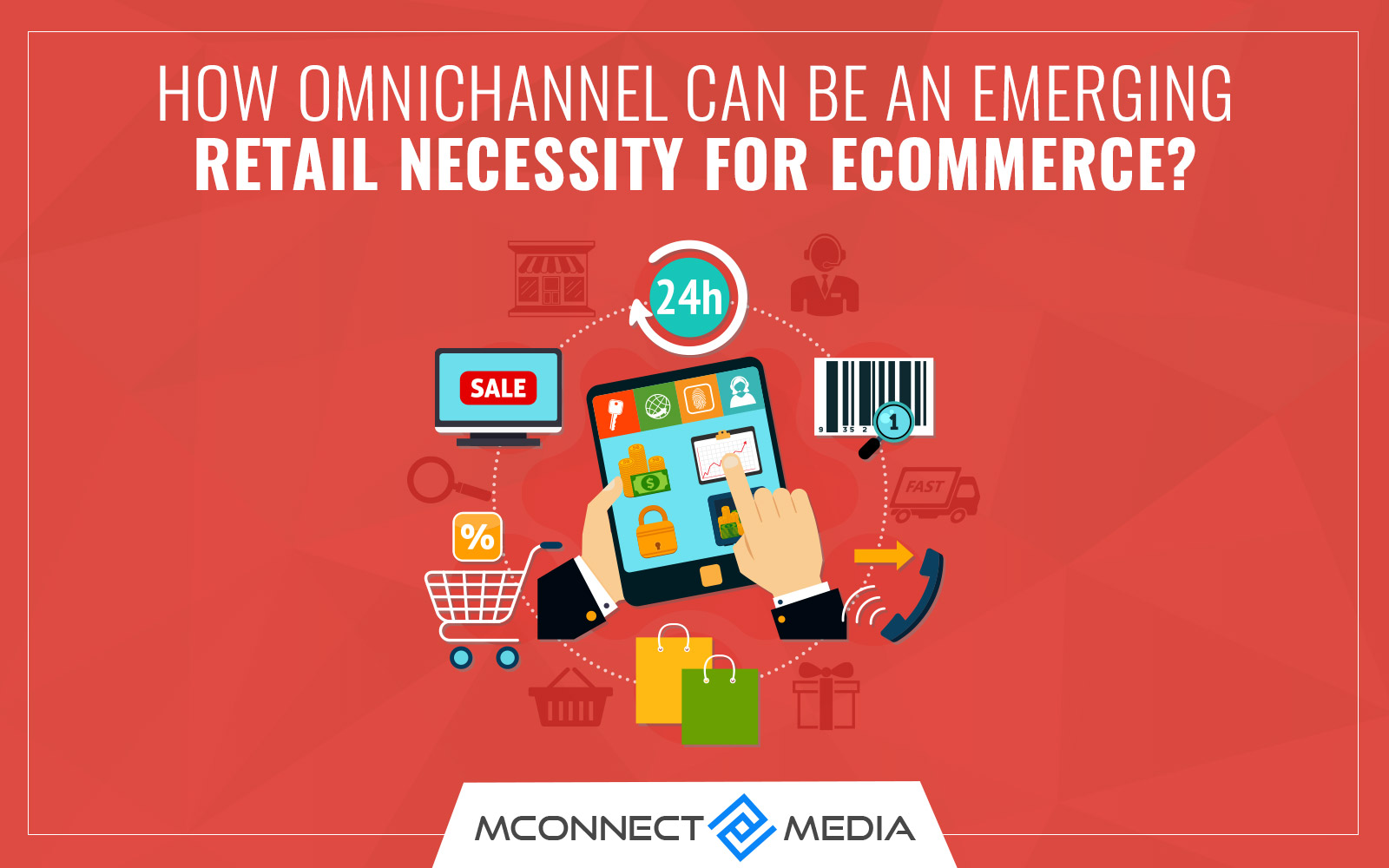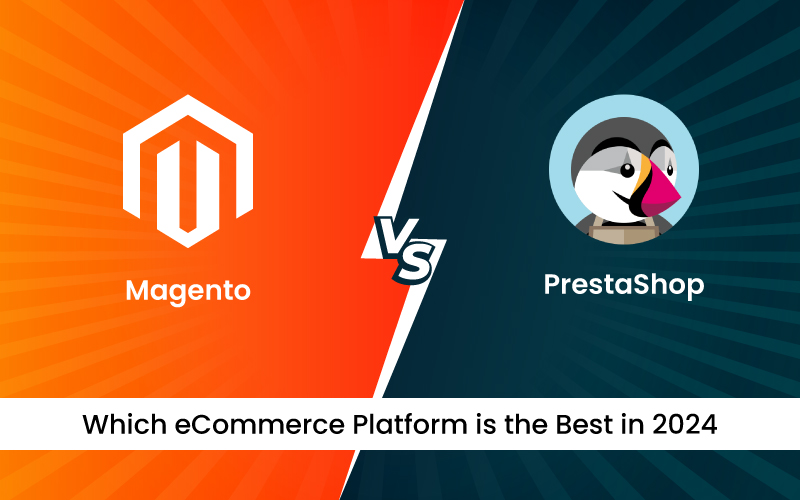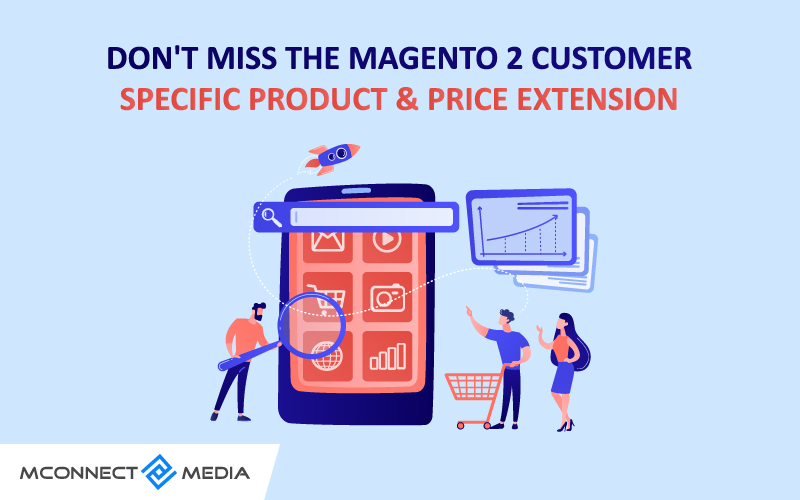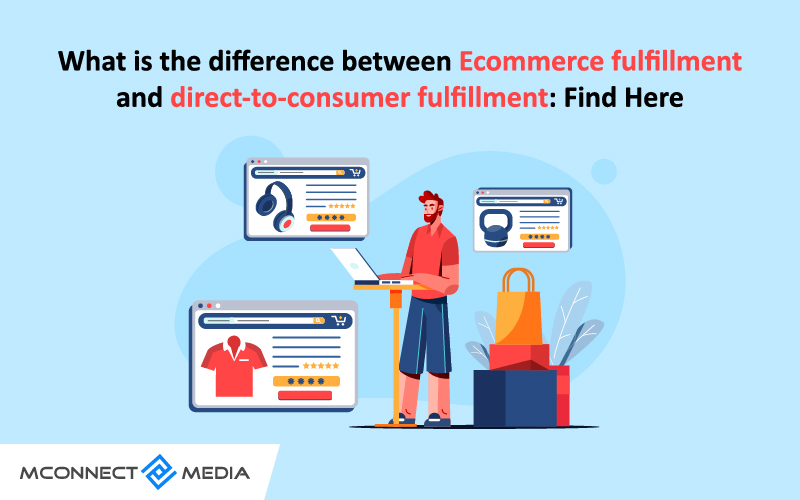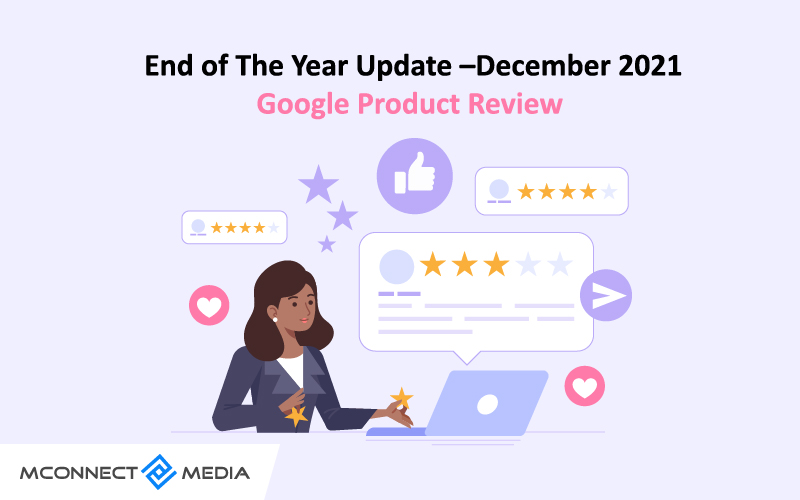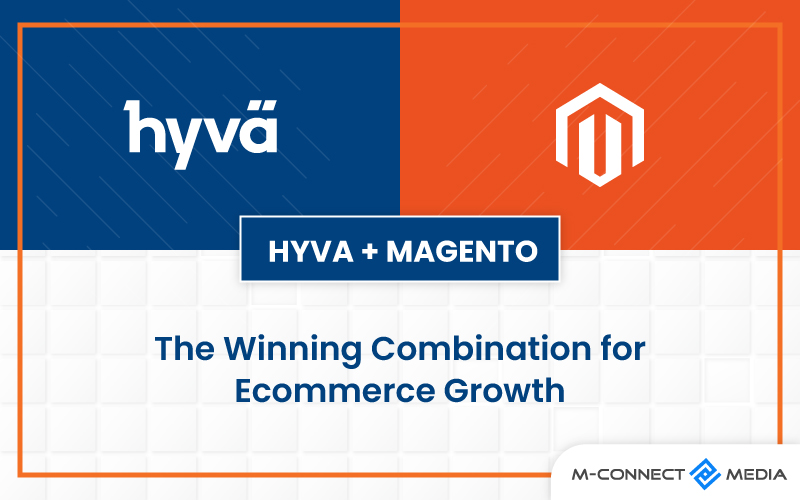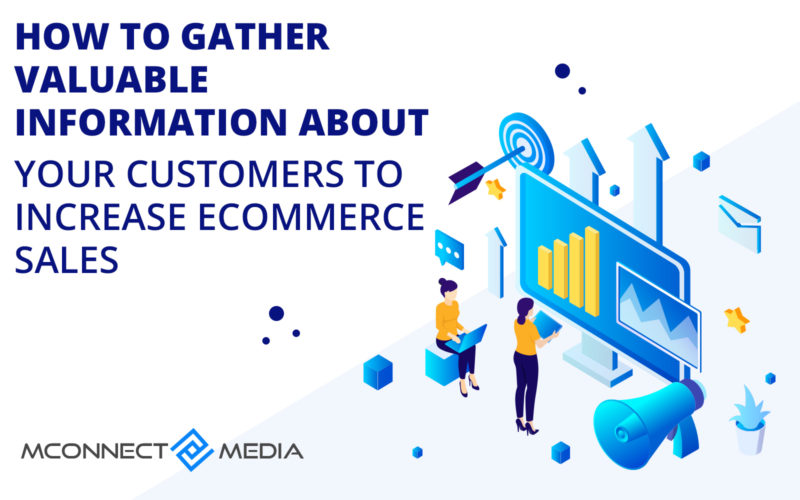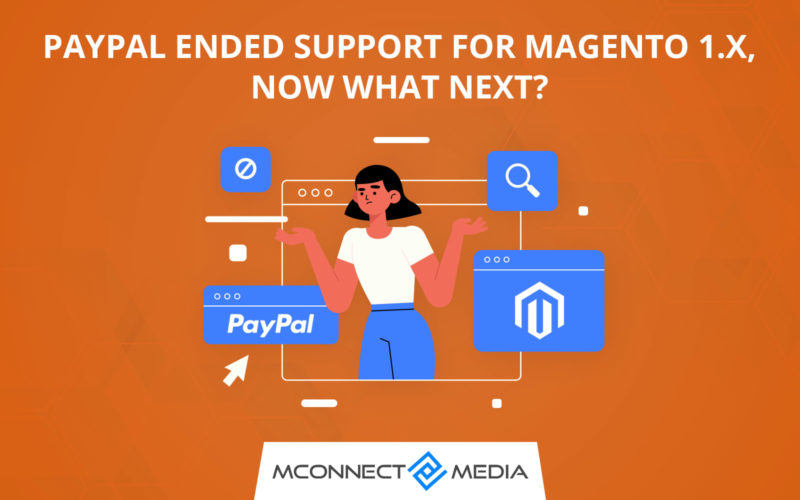To get ahead into the game of eCommerce, Google had announced that showing and listing products in its Shopping tab of Google Search Page will be free for merchants. This unprecedented move came at the unprecedented time when the world was under Lockdown due to the Corona crisis back in April 2020. The move is supposed to help small retailers struggling during the pandemic to reconnect with their consumers at a scale.
Also read: How to Survive your eCommerce business in the time of Corona Outbreak
The free product listing was flagged off in the US first but is now available in Australia, India, Brazil, Austria, Denmark, New Zealand, and many other countries. The cherry on top is Google’s partnership with PayPal that’ll enable merchants to link their accounts to speed up the process.
Google has made it easier for retailers who don’t have giant ad budgets to showcase their products to potential customers. Read on to find out how to utilize Google shopping free listing for your eCommerce store. But first, let’s understand what is Google shopping?
What is Google Shopping?
Just like Images, News, Videos, and other tabs, Google has included a shopping tab on its search result pages. It lets consumers search, compare, and buy products on the go from online retailers. To reap the benefits of this feature of Google, merchants can utilize different services and destinations of Google Merchant Center. The three key destinations or services to take advantage of are:
Surfaces: Surfaces provide an organic way for product discovery. Organic means items will appear on Google without any paid promotions. The items can appear across all Google services where shopping is enabled.
Google Shopping Ads: This Google service allows merchants to promote their items through paid campaigns. Google allows merchants to set ad budgets, manage their bids, and view ad performance insights.
Google Shopping Actions: To the likes of Amazon and eBay, Shopping Actions is Google’s own marketplace where consumers find and purchase products. Using the universal Google Shopping Cart, users can add products to carts and complete the checkout on Google Itself.
Why Use Google’s Free Product Listings?
Google performs an estimated 3.5+ billion searches every day. As per the Datareportal, 81% of the product and services related searches happens online. And guess who is the leader where online searches take place? Yes, you guessed it right, it’s none other than Google. This gives merchants all the more reasons to leverage Google’s free product listing service. Still, here are a few more reasons to convince you.
- With Google Shopping, you can draw in customers by showing the product images.
- A properly optimized website will show up in multiple search results e.g. as a website, as a PPC ad, and as a product in the shopping tab.
- Google shopping allows you to get specific with keywords to target customers at the bottom-of-the-funnel.
Utilize Google Shopping Free Listing for eCommerce Store
The first thing to do is to sign for a Google Merchant Center with your existing google account. If you already have signed up, then you’ll just have to make few tweaks only and you’ll be good to go. Once set up properly, you can manage your product listings, track product performance, and set up other helpful tools. Selling on Google Shopping may seem overwhelming at the first sight however, the following best practices will make your process more streamlined.
1. Update Product Feeds Regularly:
Frequently updating your Google Shopping Listing will help refrain customers from bouncing off. Customers can abandon the product if they find it to be out of stock or not available in their size. Your product feed is the biggest factor affecting your path to success – said Duane Brown the founder of Take Some Risk. He further added that it does not matter what you do with campaigns, setting, and others, you won’t get far ahead if your shopping feed is not on par.
While searching online, consumers tend to be very specific with their queries when they are close to making a purchase. E.g. a customer with a “Best Nike Shoes Black size 10” query has more chance of conversion than the customer searching for “Best Nike Shoes”. So, ensure that your product listings are always updated. Here’re things that you should take care of specifically.
2. Optimize Product Titles:
Your product title must be descriptive, unique, error-free, and helpful to your audience. Product titles help define what a product is and can entice customers to check out more information. Product titles are the first place Google and customers will look for. The more descriptive and informative a title is the more chances of it ranking better and customers clicking it.
Also read: Compose Engaging Product Description To Boost eCommerce Sales
Many researchers have put a lot of thinking into product names structure before deciding. They concluded that consumers prefer expensive product names. They are likely to go for brands that can trust, and trust is aligned with brand recognition. So, make sure that your product title includes the brand name at the start.
3. Refrain from Listing Products in One Category:
Google Shopping allows merchants to label products in a more sophisticated way. Google can automatically categorize the products which ease your work. But it can be inaccurate and cause miscalculations of taxes.
Although Google categorizes the products, you can still assign the products to their correct category. Besides tax problems, this will help customers reach to right product destination. Go through Google’s Guidelines to ensure that your customers reach the right products.
4. Provide Maximum Product Data at a Glance:
Providing maximum relevant product information in listings can help customers reach to purchase decision faster. From price slashes to sales announcements and free shipping offers all must be reflected in the initial search result pages. Simply providing sufficient data not only helps to speed up the buying decision of customers but also keeps them from exploring other options. This will help improve Click-Through-Rate and conversion as well.
5. Give Attention to Customer Reviews:
Google shopping listing shows the rating and number of reviews the product has. Here, you have to understand that Google’s product rating & seller ratings are two different things. Product ratings are ratings given by the buyers of that product and can be sourced from anywhere that sells that product. Seller ratings are ratings of businesses.
The product review will help customers finalized whether to buy it or not and seller reviews will help customers to decide to buy the product from a particular business or not. Product rating will help you improve the SEO and conversion rate. Whereas seller reviews help build trust and credibility.
Today, consumers not only look for positive reviews but also keep an eye on how you respond to negative ones. So, practice responding to reviews as much as possible because it builds social proof for your brand which can greatly influence your customers.
End Notes
Google Shopping is just an extension of your existing online or brick-mortar store. The functionality is similar to what Facebook Shop Offers. had allowed on its social media platform. The fact that it is social media and not for finding products or services works against it. Whereas Google is the place for 81% of people to start their research & find products and services. Utilize the above-mentioned best practices to reap the benefits of Google’s free shopping listing.
You can consult our eCommerce experts if you need more information about Google’s free product listing for the shopping tab.


